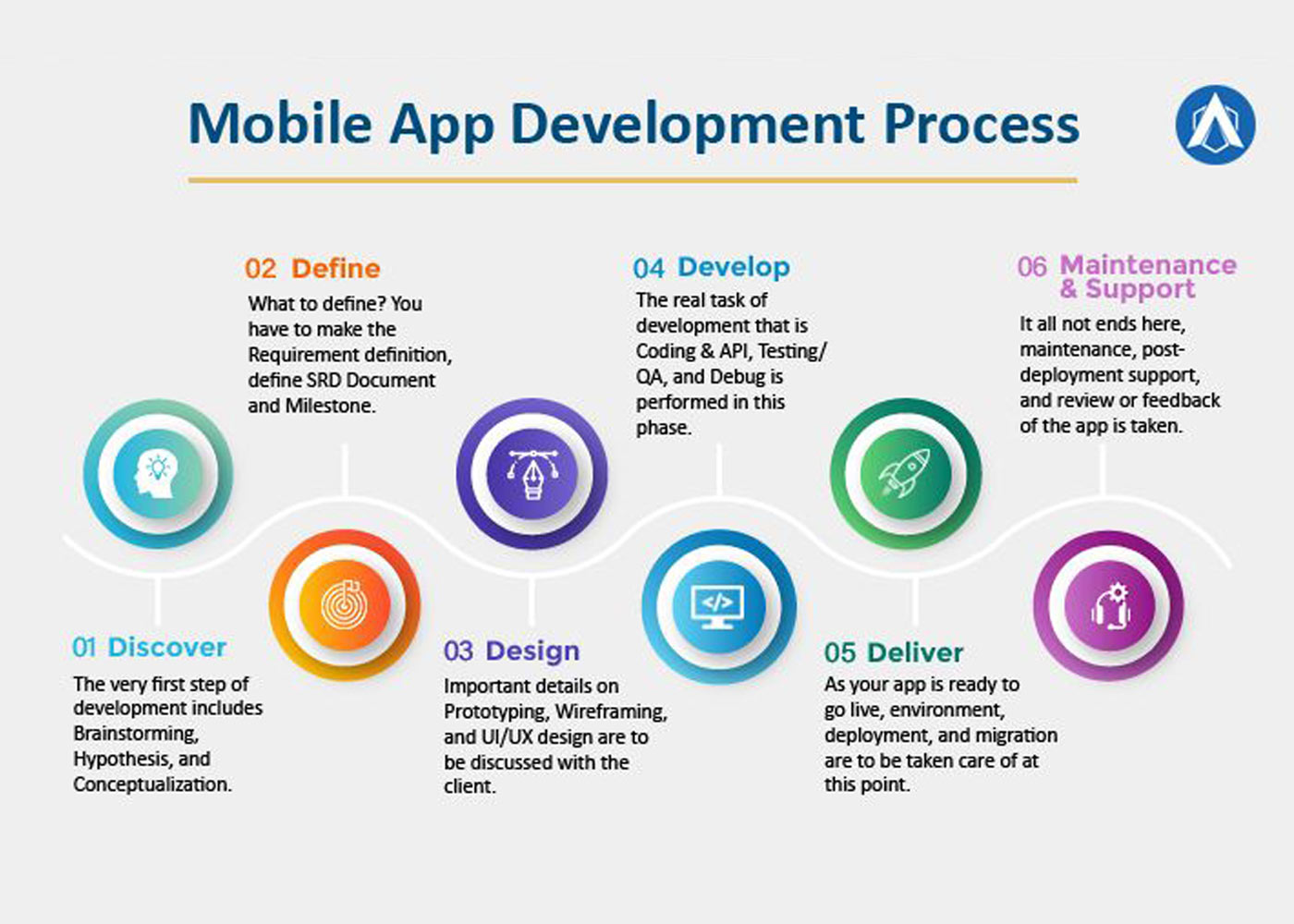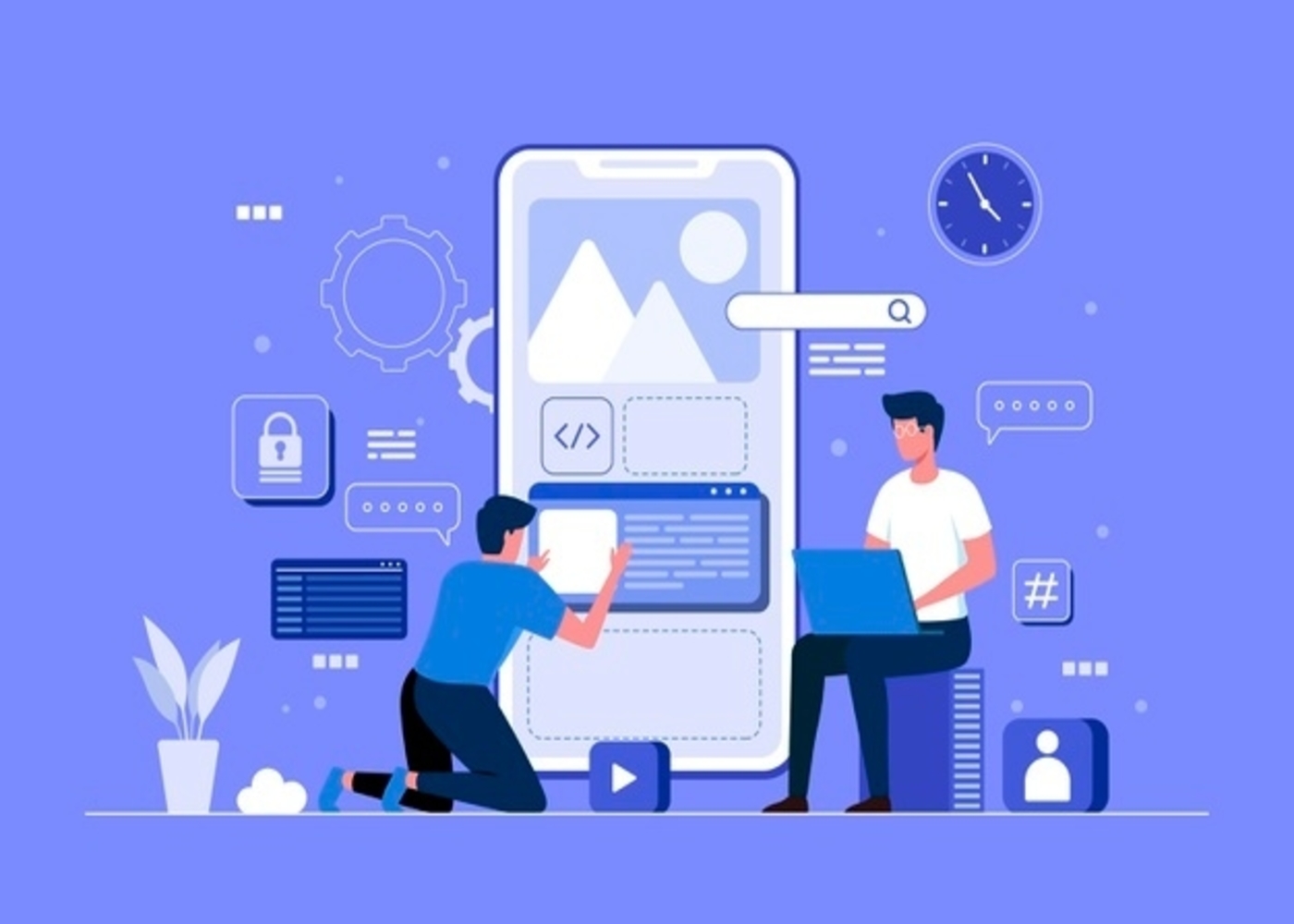
According
to some statistics, App stores and in-app ads are expected to produced $188.9
billion in revenue for mobile apps in 2020. Furthermore, by 2022, enterprise
mobility is expected to be worth $510.39 billion. Pretty promising right?
Although
several businesses are attempting to capitalize on this trend, many are unaware
of how to effectively develop an app. These growth forecasts will help your
company succeed in the competitive marketplace, but only if they're backed up
by carefully cultivated mobile app development process.
We will closely discuss the 7 stages of the Mobile App development cycle in this article, and we are confident that this will excite future app owners who want to know how their product will be produced – step by step.
STRATEGIZE
The strategy for turning your idea into a successful app is described in the first step of the mobile app development process. Despite the fact that each app's goals are different, there is still an app-specific effect on the mobility approach to consider during the development process.
- Determine who is using the software.
- Examine the rivalry.
- Establish the app's priorities and goals.
- Choose a mobile network for your application.
ANALYZE AND PLAN
This phase
has your concept going beyond a strategy into an actual project, whereby you
begin to use cases while you capture detailed functional requirements.
Ensure to create a product roadmap that involves prioritizing and separating mobile app specifications into delivery milestones.
USER INTERFACE/USER EXPERIENCE DESIGN
A mobile
app's success is measured by how well users adopt and benefit from all of the
app's features. The aim of UI/UX design for mobile apps is to create excellent
user interfaces that are interactive, intuitive, and user-friendly. Though
polished UI designs can aid in early adoption, the app's user interface must be
intuitive in order to keep users engaged.
Amongst the
things to consider are:
- Workflows & Information Architecture.
- Wireframes.
- Style Guide.
- Mock ups.
- Prototype.
BACK-END/SERVER TECHNOLOGY
The
planning phase of the mobile app development process is still very important.
You must first identify the technical architecture, choose a technology stack,
and establish implementation milestones before you begin actual
development/programming efforts.
Back-end/server technology, API(s), and the mobile app front-end are the three main components of a typical mobile app project.
Other
things to consider here are:
- API: Application Program Interface.
- Mobile App Front End
TESTING
Quality
assurance (QA) testing is an important part of the mobile app development
process because it ensures that the app is stable, functional, and reliable.
You must first prepare test cases that cover all aspects of software testing in
order to ensure thorough QA testing of your app.
Knowing the
app's functional specifications and goals will aid in the creation of accurate
test cases.
To offer a
quality mobility solution, the software should go through the following testing
methods, they are:
- User experience.
- Functional testing.
- Performance testing
- Security testing.
- Device and Platform testing.
DEPLOYMENT & SUPPORT
To release
a native mobile app, you must first upload it to the app stores, which are the
Apple App Store for iOS and Google Play for Android. Before you can launch your
mobile app, you'll need an Apple App Store and Google Play Store developer
account.
The
metadata for an app's release in the app store must include the following:
- Your app’s title
- Description
- Category
- Keywords
- Launch icon
- App Store screenshots
SUMMARY
We
hope that this article has provided you with a better understanding of the
mobile app development process and its various phases, which range from
selecting a partner to Product Discovery to app release and maintenance. If you
follow the steps outlined in this guide, you'll be able to create a product
that has a great market fit.




















Comments (0)
Write a Comment